
Earth is holding onto heat like never before, but how much more? Recent scientific observations reveal a troubling trend: the planet is trapping significantly more heat energy than in previous decades. This phenomenon is a minor fluctuation and a persistent and accelerating imbalance in Earth’s energy system.
The planet absorbs sunlight and emits heat back into space, but this balance is shifting. How much more heat is Earth retaining, and what does this mean for our climate? The answer is both surprising and alarming, indicating a warming planet with consequences that ripple through ecosystems, weather patterns, and human life.
The Heat Felt Everywhere

This heat retention is not a distant or abstract issue; it impacts every state, city, and community nationwide. Rising temperatures, more frequent heat waves, and shifting weather patterns are becoming the new normal. From coastal flooding to drought-stricken inland areas, the effects of this trapped heat are widespread and intensifying.
Local economies, public health, and infrastructure are under increasing stress. Understanding how this global heat imbalance translates to regional impacts is crucial for communities preparing to adapt and respond to a changing climate.
Remembering Cooler Summers
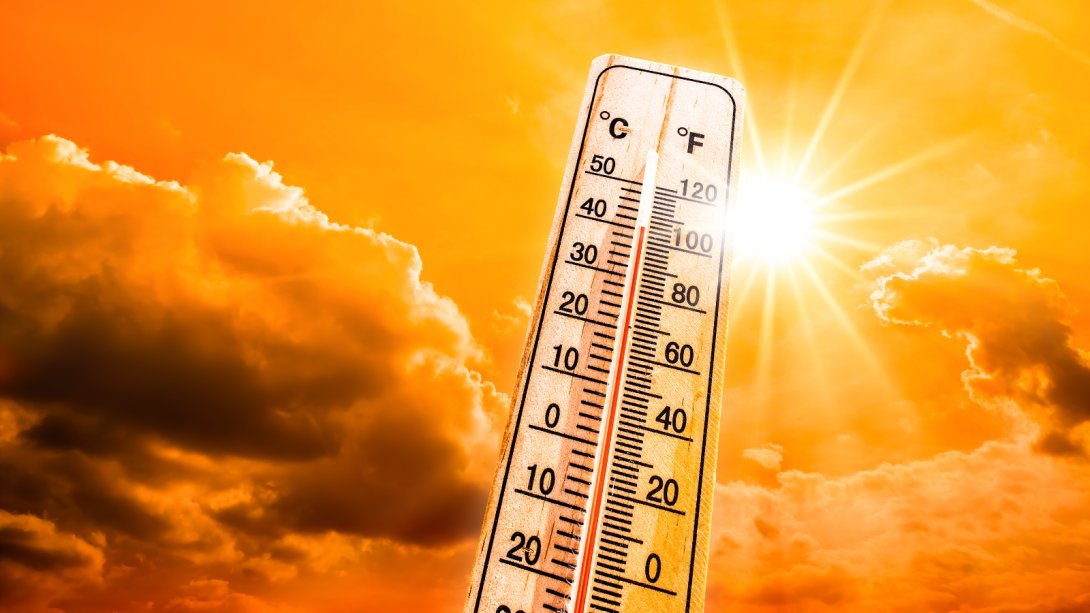
Think back 20 years: summers often brought cooler nights and less intense heatwaves. Those conditions helped shape how we lived, worked, and played. However, those cooler nights are becoming rare today, and heatwaves are more frequent and severe. This shift is not just a matter of perception but is backed by data showing a rapid acceleration in the amount of heat the Earth retains.
The nostalgic contrast highlights how quickly climate conditions have changed, signaling a future where extreme heat may become the norm rather than the exception.
The Science Behind the Heat
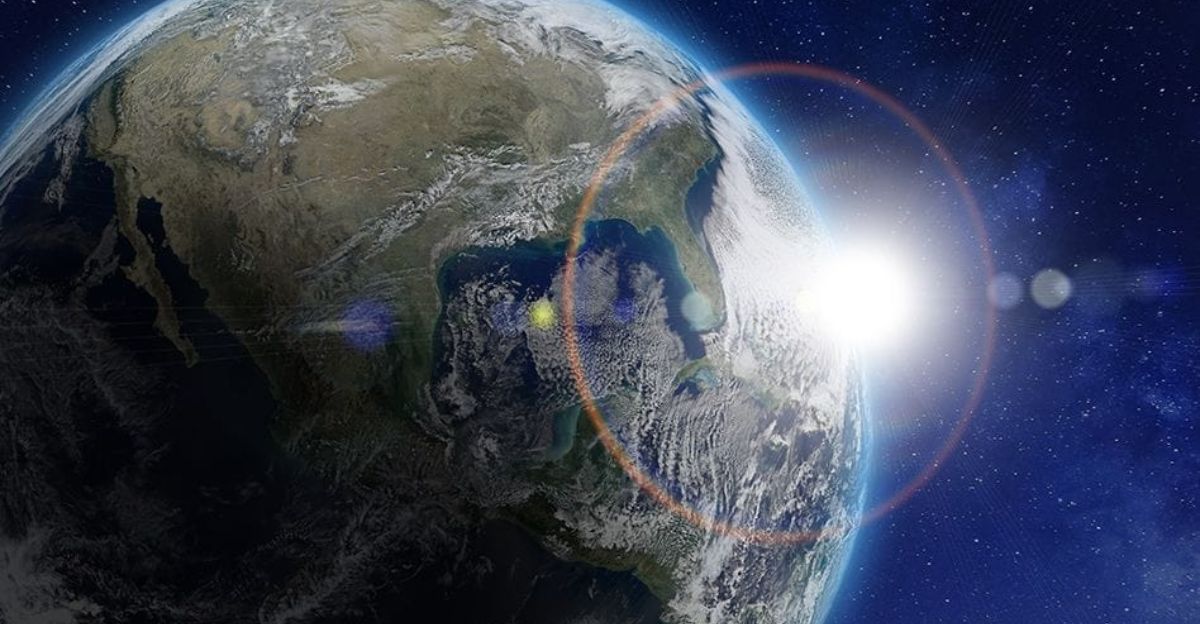
Scientists have long understood that greenhouse gases trap heat in the atmosphere, driving global warming. However, new data reveal that the planet absorbs heat much faster than earlier climate models predicted. This energy imbalance results from increased greenhouse gases like carbon dioxide, methane, and water vapor, which trap outgoing longwave radiation.
The result is a positive energy imbalance, meaning Earth gains more energy than it loses, causing warming across the oceans, land, and atmosphere. This accelerating heat uptake challenges previous assumptions and calls for urgent reevaluation of climate projections.
The Startling Truth: Heat Has Doubled
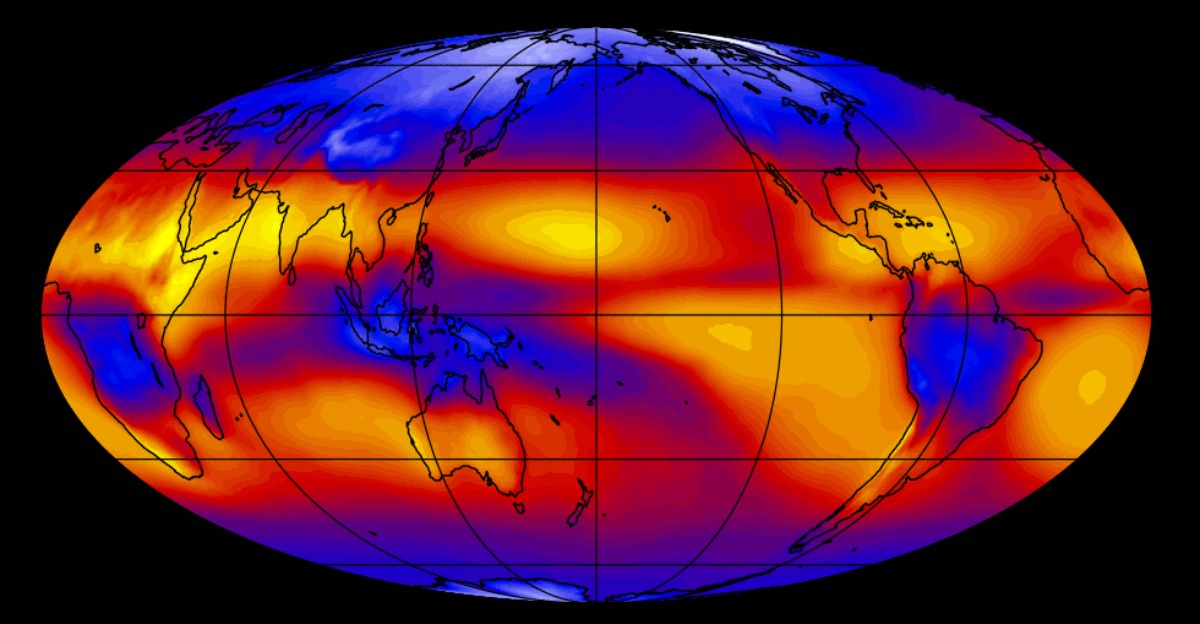
The key fact: Earth’s trapped heat has doubled over just two decades. Measurements from NASA’s Clouds and the Earth’s Radiant Energy System (CERES) satellites combined with ocean heat data from the Argo float network confirm this alarming trend. The energy imbalance increased from about 0.6 watts per square meter in the mid-2000s to approximately 1.3 watts per square meter in recent years.
This doubling means the planet accumulates twice the heat energy, intensifying climate impacts worldwide from melting ice caps to more extreme weather events. This data underscores the urgency of addressing the climate crisis.
Unequal Warming: Regional Hotspots

Not all regions warm equally. Coastal areas face the threat of rising seas and stronger storms, while inland regions endure harsher droughts and more intense heat waves. These regional differences in heat absorption and climate impacts affect ecosystems, agriculture, water resources, and human health.
Vulnerable communities, particularly those in already hot or dry areas, bear the brunt of these changes. Understanding these regional patterns is essential for targeted adaptation strategies and protecting the most at-risk populations.
Economic Heatwaves: Small Business Challenges
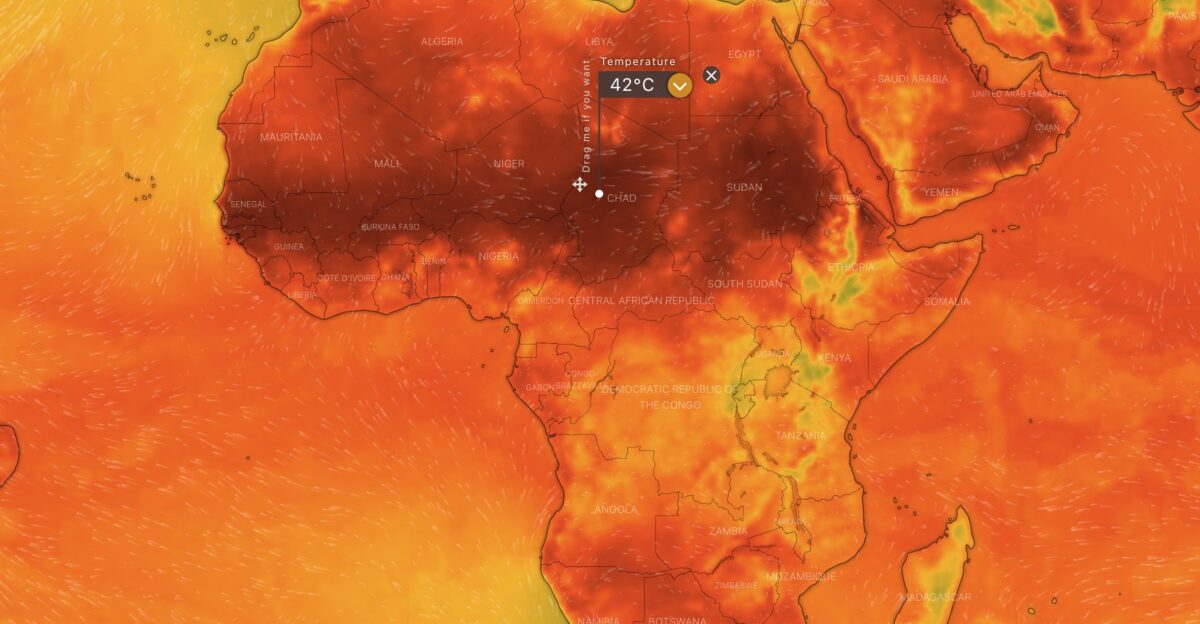
The surge in trapped heat is not just an environmental issue; it has direct economic consequences. Small businesses, especially those dependent on stable weather or outdoor activities, are increasingly vulnerable. Heatwaves reduce customer foot traffic, increase cooling costs, and disrupt supply chains. Agricultural businesses face crop failures and livestock stress.
These economic pressures compound social challenges, threatening livelihoods and community resilience. The heat surge thus represents a multifaceted crisis affecting nature and the economy.
Industry at a Crossroads
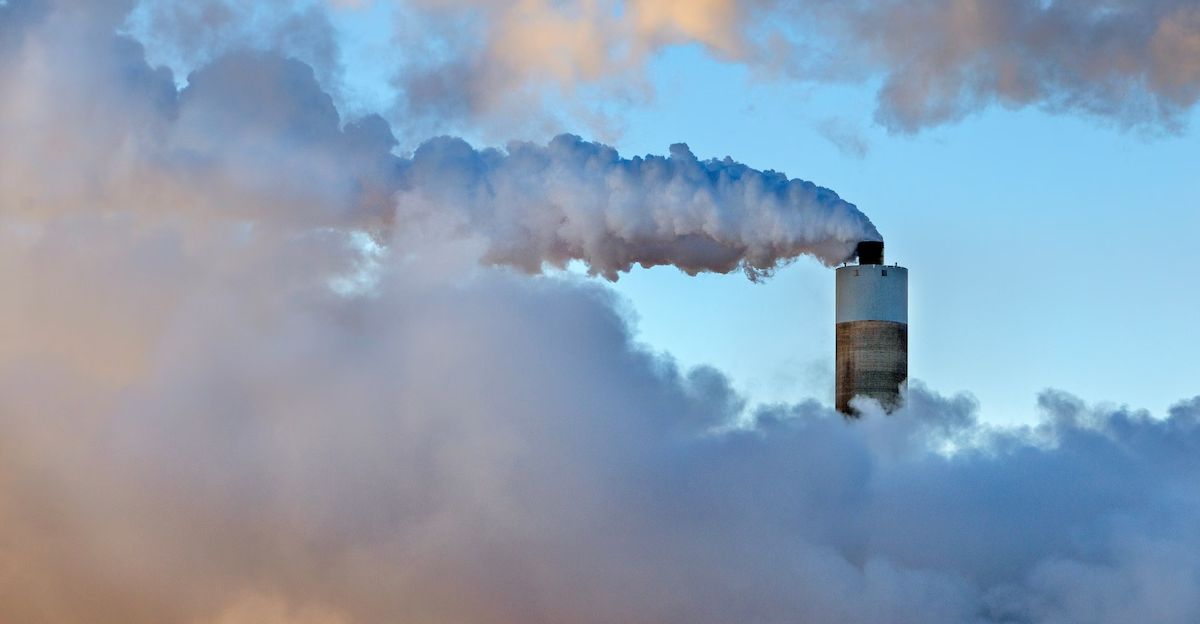
As the climate crisis intensifies, industries face mounting pressure to adapt or innovate. Some companies invest heavily in green technologies, renewable energy, and sustainable practices, positioning themselves as leaders in the emerging low-carbon economy. Others struggle to keep pace or resist change, risking obsolescence or regulatory penalties.
This competition shapes the future of markets and influences global efforts to reduce greenhouse gas emissions. The doubling of Earth’s trapped heat raises corporate responsibility and innovation stakes.
Shifting Consumer Choices

Consumer behavior is evolving in response to growing climate awareness. More people demand eco-friendly products, reduce waste, and support sustainable brands. Public transit use and energy-efficient technologies are gaining popularity.
These shifts reflect a broader cultural movement toward sustainability and challenge traditional industries to adapt rapidly. The heat surge catalyzes these changes, as consumers and businesses alike recognize the urgent need to mitigate climate impacts.
The Road Ahead: Our Role in a Warming World

The critical question remains: Can humanity slow this heat surge before irreversible damage occurs? The following decades will be pivotal in defining Earth’s climate trajectory and our collective future. Scientific data clearly shows the problem’s scale and urgency.
Solutions require global cooperation, innovation, and individual action. Everyone, from policymakers to consumers, has a role in reducing emissions, adapting to change, and protecting the planet. The challenge is immense, but so is the opportunity to shape a sustainable future.







